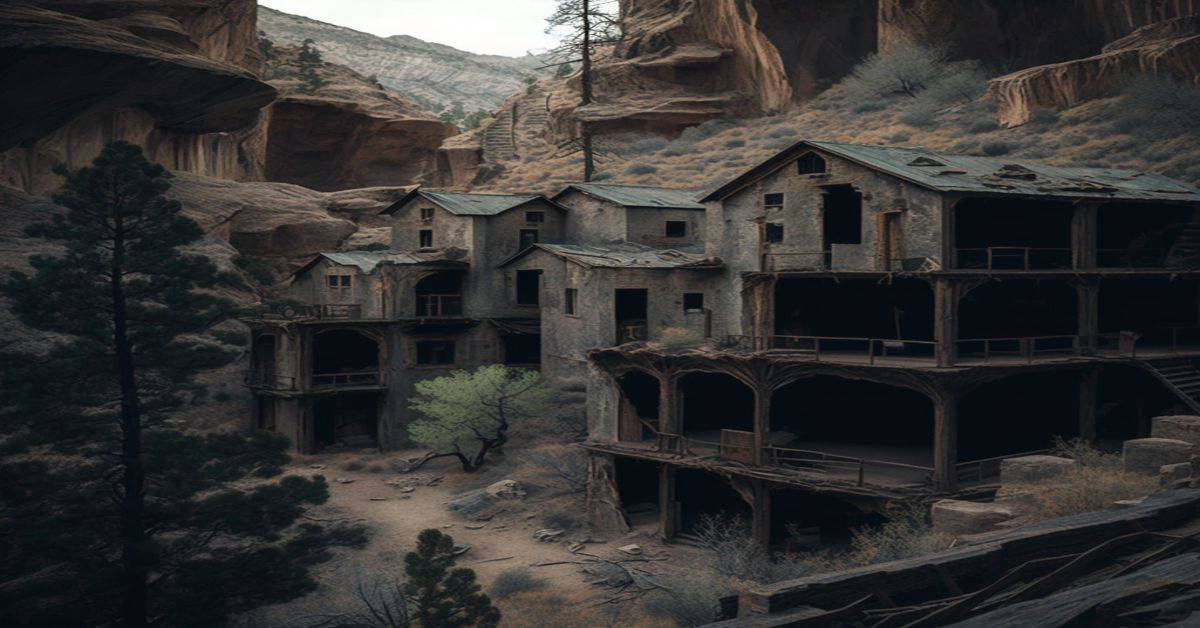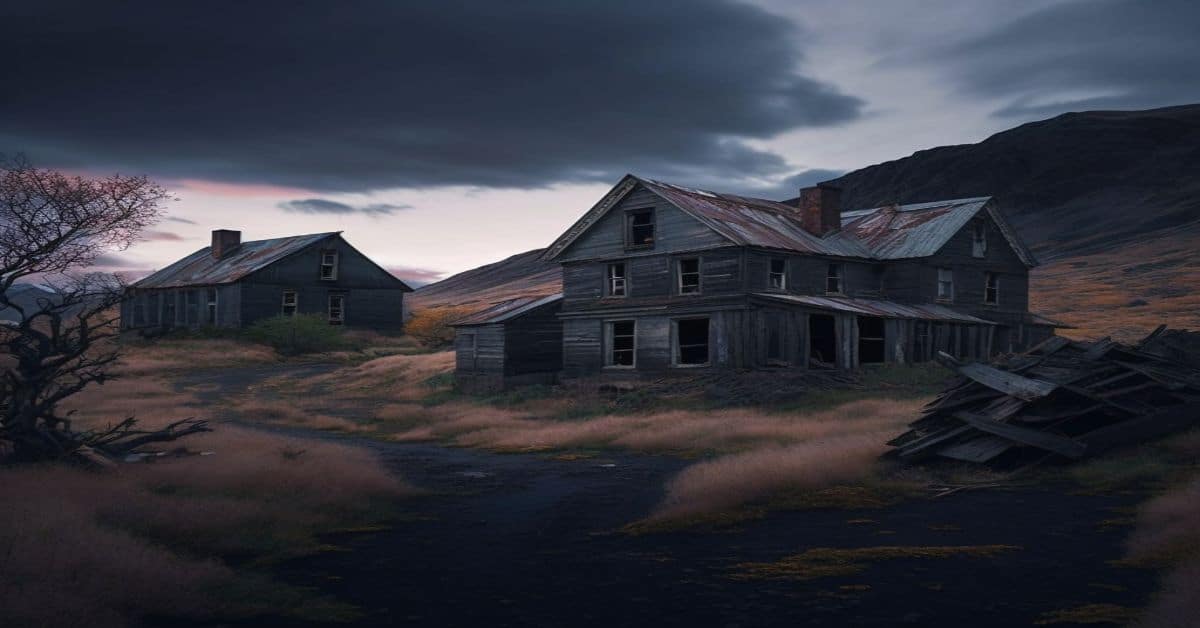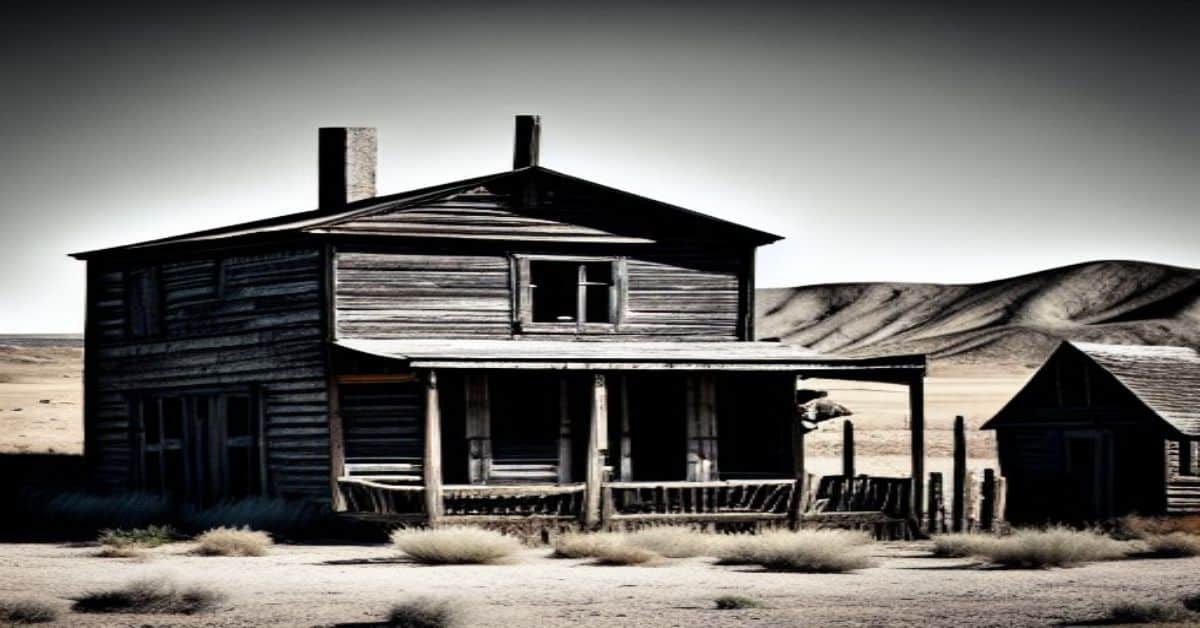What if you could step back in time and witness the history of Utah’s Pony Express firsthand? Castlerock, a small ghost town located off Highway 80, offers just that opportunity. As a former Pony Express stop, Castlerock served as an important hub for mail delivery and communication during the mid-19th century. Today, visitors can explore the remaining buildings and learn about the town’s rich history.
Located in the western United States, Utah is a state steeped in history, with many historic sites and landmarks to explore. Castlerock is one such destination, offering visitors a glimpse into the past and the chance to experience the legacy of the Pony Express.
This article will provide an overview of Castlerock’s location and history, the remaining buildings, and photos and sources to help readers plan their visit to this unique and fascinating ghost town. So, join us as we journey back in time to explore Utah’s ghost town Castlerock: a historic Pony Express stop.
Key Takeaways
- Castlerock was an important Pony Express stop in the mid-19th century, serving as a hub for mail delivery and communication.
- The town’s school operated for over 60 years and was a focal point for the community, providing an opportunity for children to receive an education.
- Only two buildings remain standing in Castlerock – a Pony Express station and a school building – which offer a glimpse into the town’s rich history and cultural significance.
- Preservation efforts have been made to maintain these structures, but the harsh desert environment and lack of funding continue to threaten their existence.
Location and History
Castlerock, a Utah ghost town located off Highway 80, is historically significant as a former Pony Express stop featuring a station built in 1860 and a school operated from 1872 until 1937.
The Pony Express station at Castlerock was an important part of the mail delivery system that connected the East and West coasts of the United States in the mid-19th century. The station was used to exchange horses and riders, allowing the mail to be transported quickly across the country. The station at Castlerock was one of several along the Pony Express route in Utah, and it played a crucial role in ensuring the mail was delivered on time.
The school at Castlerock also had a significant impact on the community. Education was a high priority for settlers in Utah, and the school at Castlerock provided a valuable opportunity for children in the area to receive an education. The school operated for over 60 years, and during that time it served as a focal point for the community. Many families that lived in Castlerock sent their children to the school, and it played a key role in shaping the town’s identity.
Today, the few remaining buildings in Castlerock serve as a reminder of the town’s rich history and the important role it played in the development of Utah.
Remaining Buildings
Few buildings remain in the Utah ghost town of Castlerock, with only a Pony Express station built in 1860 and a school built in 1872 still standing. Despite the limited number of structures, the ruins of Castlerock offer a glimpse into the past and are popular among history enthusiasts.
Exploring the ruins of Castlerock is like taking a step back in time. Visitors can observe the remnants of the Pony Express station, an important stop for mail delivery between Missouri and California. The school building operated for over six decades and offers a glimpse into the educational system of the late 19th and early 20th centuries.
Preservation efforts have been made to maintain these structures, including installing protective fencing and interpretive signage to educate visitors on the town’s history. However, the harsh desert environment and lack of funding continue to threaten the remaining buildings of Castlerock.
Photos and Sources
The available photos and sources provide valuable insights into the history of the remaining buildings in Castlerock. Through the lens of historic preservation, these photos display the physical evidence of the town’s past. They offer a glimpse into the architectural style of the buildings and the materials used in their construction.
The sources, on the other hand, provide a deeper understanding of the cultural significance of these structures. For instance, the Pony Express station built in 1860 was a crucial stop for the mail delivery service that connected the East and West Coasts of the United States. The school built in 1872, on the other hand, was instrumental in providing education to the town’s children until 1937.
Moreover, the photographs of Castlerock offer a unique insight into the photography techniques used during the time of the town’s existence. They showcase the use of film cameras and the black and white photography style popular during the late 19th and early 20th centuries. These photos are a testament to the artistry of the photographers who captured the town’s buildings and the importance of preserving them for future generations.
The sources, too, highlight the need for historical documentation and preservation, as they provide a record of the town’s past and its significance. Overall, these photos and sources are essential in understanding the history and cultural significance of Castlerock’s remaining buildings.
Frequently Asked Questions
What caused Castlerock to become a ghost town?
Castlerock became a ghost town due to the impact of transportation and economic decline. In 1869, the Transcontinental Railroad bypassed the town, causing a decline in trade and population. By the 1930s, the town was mostly abandoned.
Are there any legends or ghost stories associated with Castlerock?
There are no documented haunted stories or supernatural sightings associated with Castlerock, a Utah ghost town that once served as a Pony Express station and had a school until 1937.
What was daily life like for residents of Castlerock during its heyday?
Life in Castlerock during its prime was a mixture of hard work and leisure. Economic activities included mining, agriculture, and ranching. Tourist attractions such as the Pony Express station and school provided education and entertainment.
Have any famous or notable individuals visited Castlerock in the past?
Notable figures in Castlerock’s history include Pony Express riders, miners, and early settlers. Famous visitors to the town are not well-documented, but it is possible that some prominent individuals passed through during its heyday.
Are there any plans to restore or preserve the remaining buildings in Castlerock?
Preservation efforts for the remaining buildings in Castlerock have been ongoing due to their historical significance. However, funding and resources have been limited, resulting in slow progress.


